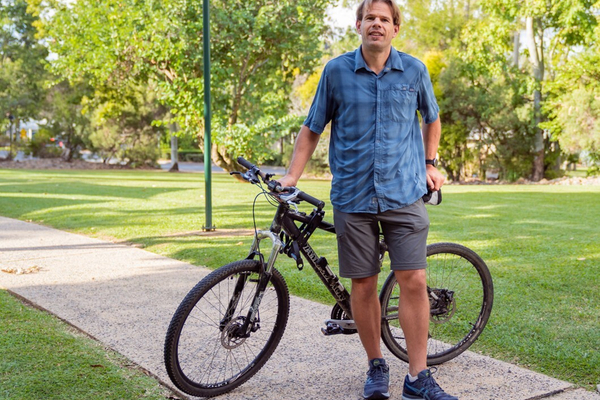Using Artificial Intelligence to Increase Physical Activity
Description
As less than half of Australian adults meet the National Physical Activity Guidelines, physical inactivity has become a leading modifiable cause of death and disease in Australia. Therefore, we urgently need interventions that can increase physical activity at population level. Unfortunately, increasing physical activity at scale has been difficult to achieve, with meta-analyses examining population-based interventions only showing small to moderate effect sizes. However, applying Machine Learning(ML) offers innovative options for progress.
ML-based digital assistants that apply natural language processing, large language models, reinforcement learning and integrate real-time data from a wide range of sources (e.g., activity tracker, GPS, weather data) can provide unprecedented levels of personalisation and smart physical activity counselling. While early evidence, including data from our own pilot study, suggests ML-based behaviour change interventions are effective, the field is in its infancy. No comprehensive ML-based physical activity chatbots have been developed and evaluated.
Therefore, this project aims to:
- Develop a sophisticated ML-based digital assistant, able to provide highly personalised physical activity advice, delivered just-in-time, based on real-time data.
- Train the digital assistant ML-algorithms through interaction with a high number of users.
- Assess the preliminary effectiveness of the chatbot in controlled (2-group trial) and real-world circumstances (ecological trial).
This project will lead to a significant knowledge gain on ML-based behavioural interventions and deliver a highly innovative and scalable physical activity intervention ready for further testing and dissemination.
The project runs until December 2026.
Impact
Physical inactivity significantly increases the risk of cardiovascular disease, type 2 diabetes, some types of cancer, obesity and depression. Physical inactivity increases mortality, morbidity, burden of disease and health care costs, while decreasing happiness and quality of life. The cost of physical inactivity to the Australian economy due to increased health care costs and reduced productivity is estimated to be over $20 billion per year. As such, this project aims to increase population levels of physical activity through the development and evaluation of an effective, affordable and scalable physical activity intervention.
Partners
Professor Corneel Vandelanotte - Project Lead

Corneel Vandelanotte is a Research Professor and leader of the 10,000 Steps program and the Physical Activity Research Group within the Appleton Institute. His research expertise is in physical activity and digital interventions (apps, web, trackers, chatbots, AI, etc.).
SDG Goals
At CQUniversity we are committed to embedding sustainable practice in our operations, interactions and relationships, underpinned by the United Nations Sustainable Development Goals. Sustainability is one of our strategic pillars within our Strategic Plan 2019-2023.
This project aligns with the following SDG Goals:
- 3 – Good Health and Wellbeing
- 8 – Decent Work and Economic Growth
